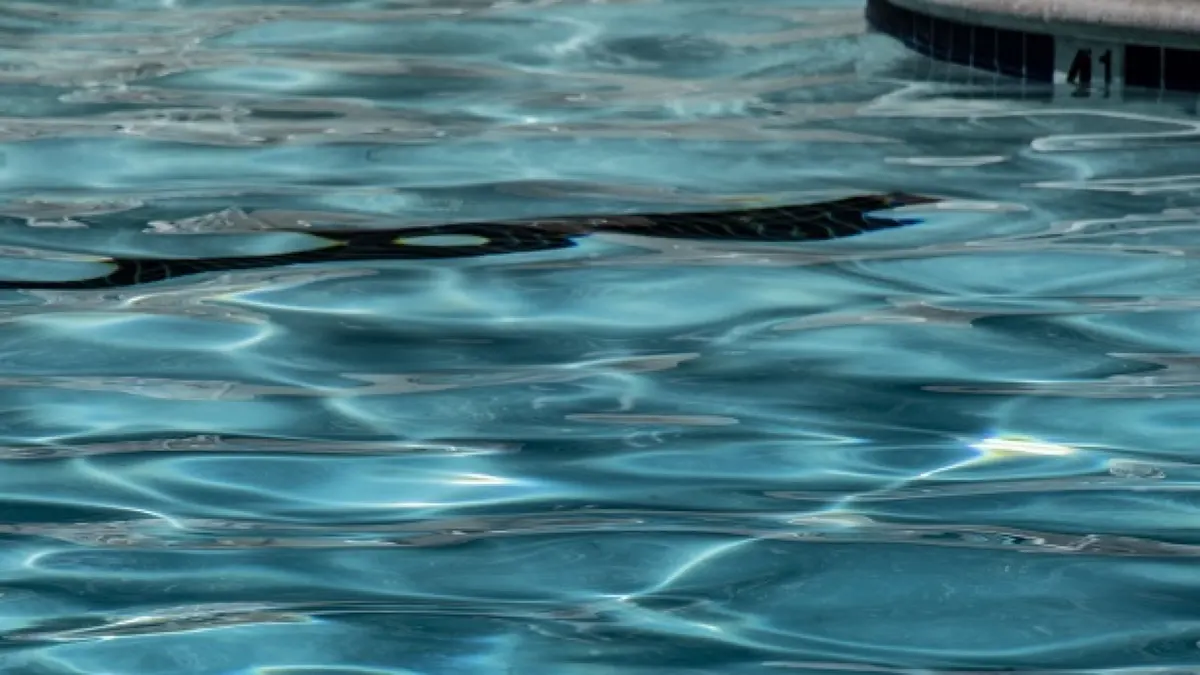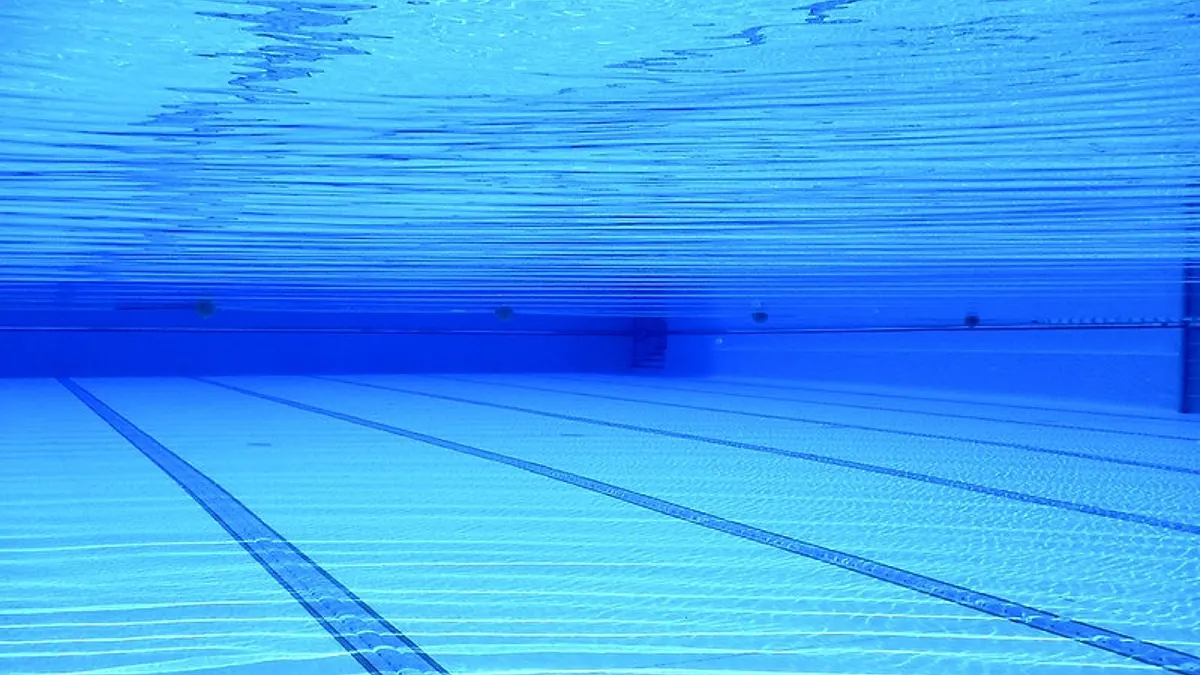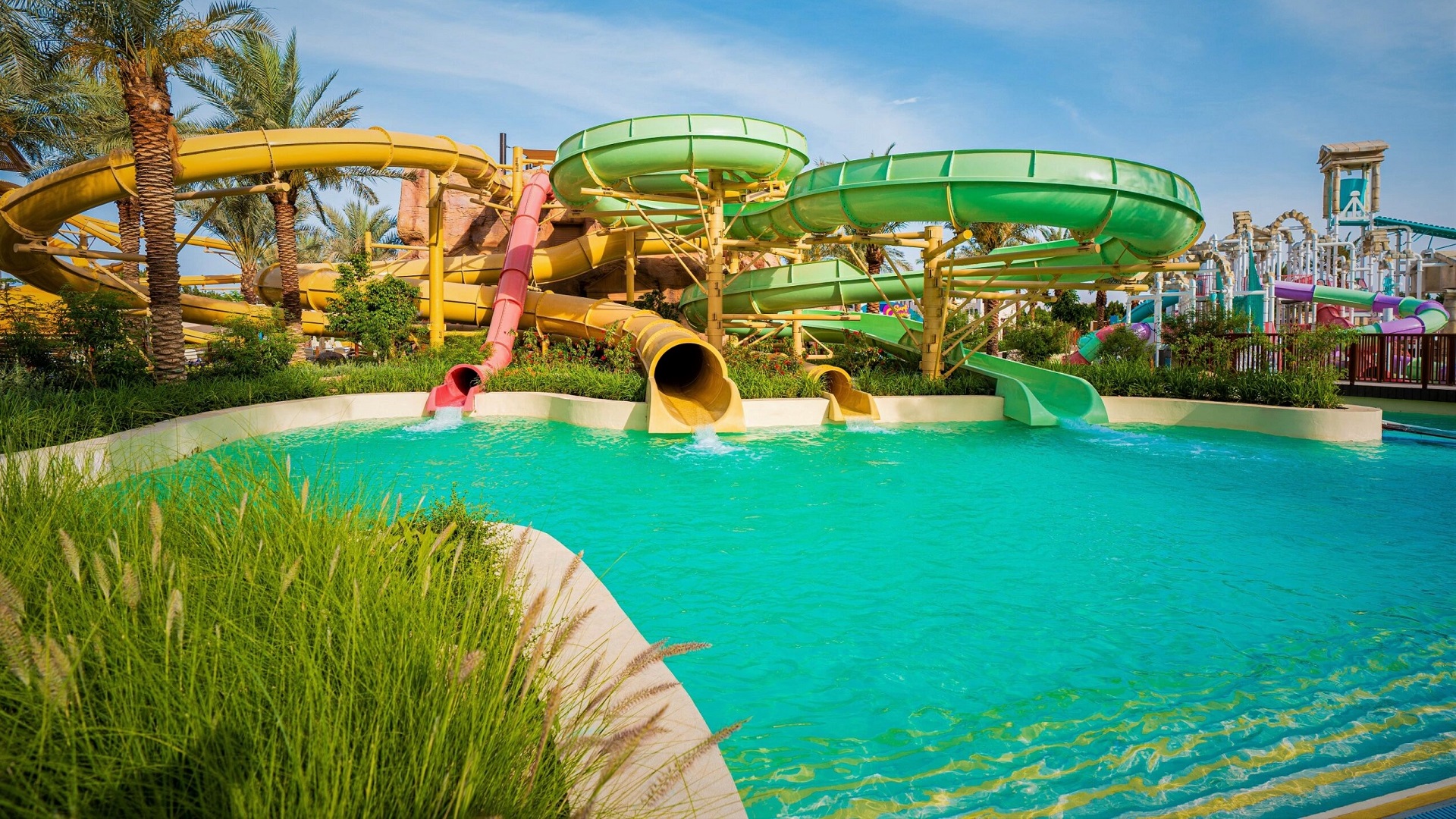Water is a fluid or continuous material medium that constantly deforms, without breaking, under the action of external forces. This fluid is precisely one of the main elements of water parks. In fact, at Amusement Logic we know from experience that, in order to design and prepare the engineering project for a water park, it is essential to know the properties of water, as well as the parameters that define it and the relationship between them. With this knowledge, we are able to foresee its behaviour and movement and, therefore, to control it. As such, we can carry out the effective and safe design of the water park.
Since it constantly deforms under the action of various forces, whether pressures or tangential forces, water has no specific shape. Consequently, we consider its density, rather than its mass, to be the fundamental quantity to be taken into account. However, the density of water varies with its temperature, according to the thermal expansion parameter. Moreover, the module of elasticity allows us to quantify the variation in pressure when its volume varies. As this module is very high for water, water is generally considered to be an incompressible fluid from the numerical modelling perspective.

Water practically does not resist tangential stresses, but deforms under them. The rate of deformation it exhibits is related, through its viscosity, to these tangential forces. So, its viscosity represents its resistance to movement, making it a fundamental property in its mechanics.
Under normal conditions (25°C temperature and 1 atmosphere pressure), water is a liquid fluid. Its volatility as a liquid is related to its vapour pressure, which corresponds to the pressure at which the liquid phase of water and the vapour phase are in equilibrium at a given temperature, (since vapour pressure varies with temperature).

In summary, knowledge of the above and other properties of water will allow us, with the help of fluid mechanics theory, to master some of its specific behaviours and other phenomena related to its motion. For example:
- Its laminar and turbulent motion regimes.
- The velocity field of water as it is transported through pipes.
- The phenomenon of cavitation.
- Water hammer.
Engineers must always take these phenomena into account in order to develop an adequate design of the hydraulic infrastructures needed in water parks. We will discuss these and other phenomena related to hydraulics and fluid mechanics, and their practical application in the water park projects we develop, in future articles.
——————–
By Luis Llor, senior hydraulic engineer in Amusement Logic’s Architecture Department.






